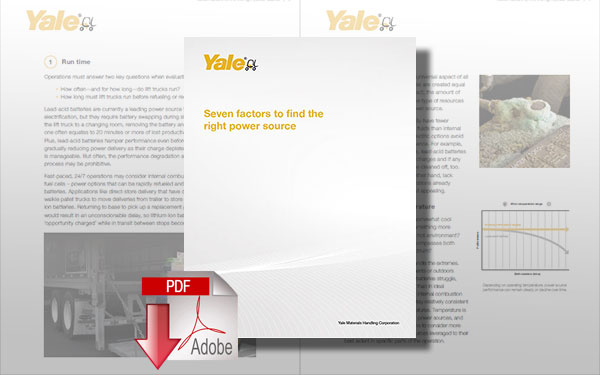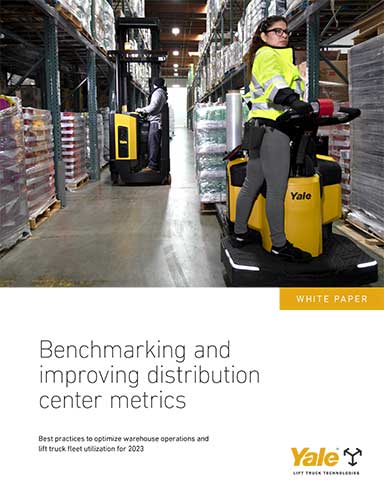Battery Technologies Move Toward Systemization

New technologies and data collection are gradually shifting the battery market from commodity to competitive edge.
Battery maintenance is nobody’s friend. Dull, dirty and dangerous, it also has the potential to jeopardize productivity if not consistently performed.
Nonetheless, despite being maintenance-intensive, traditional flooded lead-acid batteries maintain a roughly 90% grip on the battery market—but that figure doesn’t tell the whole story.
The growing appetite for low-maintenance or maintenance-free alternatives is driving adoption of thin plate pure lead (TPPL) batteries and to a lesser extent lithium-ion.
According to Harold Vanasse, senior director of motive power marketing at EnerSys, TPPL is technically still a lead-acid product included within the 90%.
However, after very strong growth in 2019, it already constitutes 10% of the market. Lithium-ion uptake is slower, Vanasse says, but it is unquestionably a viable option.
Lithium can fast-charge well, cycles well, has a long life and costs a lot more money, he adds, but it’s justifiable in heavy-duty applications.
Harold Vanasse, Senior Director of motive power marketing at EnerSys:
“In 2019, we started to see stronger inroads from TPPL and lithium. That will continue to accelerate, and the main driver is the desire to make maintenance go away. Traditional flooded batteries are very dependable, but costly to maintain. There will always be a lot of folks who stick with flooded, especially until these other products get established and prices come down. But over time, that 90% grip will start to wane.”
Vanasse says the story has to do with the “systemization” of battery technologies, including batteries, chargers and data.
“It’s not everywhere yet, but the industry is headed toward becoming more of a system. We will see more lockstep integration where all elements are interconnected and talking to each other all the time.”
With a system architecture, batteries might send information to the lift truck, and not just state of charge. Based on detailed analysis of energy usage, the battery might direct the lift truck to slow down, disable one drive motor, or notify the operator to recharge.
Vanasse says:
“Going forward, we’re expecting hybrid situations where a warehouse or DC will use different battery technologies in different applications.”
This trend touches on the physical aspect of systemization. The strategic placement of fast-charge stations, for example, could be informed by operational impact rather than proximity to the break room. These considerations will play heavily in any adoption of wireless charging technology, which Vanasse suggests is already viable from a power delivery standpoint.
Vanasse continues:
“It’s a technology world. The exciting part of industrial batteries is that you can see the beginnings—and I stress the beginnings—of a transition from commodity-driven products to new technology in motive power that is becoming viable.”
Related White Paper
Seven Factors to Find the Right Power Source
Ultimately, maximizing efficiency is the overall goal and prioritizing key factors can set operations up for success. Download Now!
Article Topics
Yale News & Resources
Should you lease or buy your lift truck fleet? Electric Trucks are Poised to Tackle the Pressures of E-commerce Improving Distribution Center Metrics New Technology Can Give Lift Truck Operators a Hand 2022 Warehouse Benchmarks Study 70% of forklift accidents in the United States are preventable Robotic lift trucks can cut operating expenses up to 70% More YaleLatest in Warehouse|DC
European Parliament Passes New Law Requiring Supply Chain Accountability Talking Supply Chain: Understanding the FTC’s ban on noncompetes North Carolina Welcomes Amazon’s Newest Mega-Warehouse SAP Unveils New AI-Driven Supply Chain Innovations U.S. Manufacturing is Growing but Employment Not Keeping Pace Maximize Warehouse Space with Mezzanine Automation: Expert Tips Most Companies Unprepared For Supply Chain Emergency More Warehouse|DCAbout the Author















